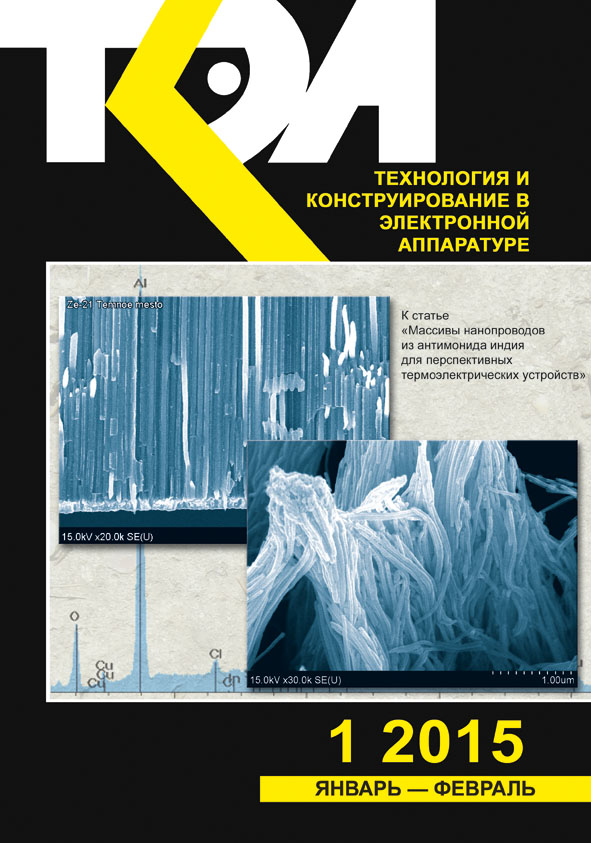Physiologic aspects of designing hidden information systems based on visible optical radiation
Abstract
The paper presents the methodology and experimental results of the study of human eye sensitivity in central and peripheral vision field to the visible light pulses. The experimental results show that transmission systems based on visible rays can work in hidden mode. Conditions providing hidden transmission differ significantly for day and night light levels. At low light levels (at night) the non-perceptive nature of the pulsed light which is applied in the information transfer process should be used. In this case, an optical transmitter is perceived as «usual» illuminant. In daylight, light pulse can be invisible at certain values of duration and frequency of the light pulses for central and peripheral vision. For example, light pulses with the duration of 5.10–6 s in the range from 20 to 200 Hz are «invisible».
References
Petrus I., Guzenkova E. [Aspects of practical using of wireless optical technology data transfer]. Internet-zhurnal «Naukovedenie», 2014, no 2, http://naukovedenie.ru/PDF/85TVN214.pdf
http://www.purelifi.com/li-fire/li-1st/
Patent 86236 UA. [Pulsed optical barrier with using of vissible light rays]. Brailovsky V. V., Pyslar I. V., 2013, bul. no 24.
Baranov V. [Visual distinction of millisecond switching of LED light source]. Poluprovodnikovaya svetotekhnika, 2011, no 1, pp. 41-43. (Rus)
Alefirenko V. M. Inzhenernaya psikhologiya [Engineering psychology. Summary of lectures]. Minsk: BSUIR, 2008, 230 p. (Rus)
William F. Ganong. Review of medical physiology. USA, NY, McGraw-Hill Medical, 2005, 928 p.
ISO 8995-1:2002 (CIE S 008/E:2001)
Copyright (c) 2015 Brailovskii V. V., Rozhdestvenskaya M. G., Pislar I. V., Poshak O. V.

This work is licensed under a Creative Commons Attribution 4.0 International License.

